In the field of furniture design, there have been over the years names considered real milestones, who have influenced the field of furniture through their vision and achievements. Names such as Thomas Chippendale, George Nakashimaor Sam Maloof will go down in history for the way they influenced woodworking and furniture production. One such name is Kaare Klint, a Danish-born furniture designer who has made the transition from a classical view of furniture, with its emphasis on aesthetics and decoration, to a modern one based mainly on functionality. Klint is regarded as the father of Danish modern design and the man from whom Danish furniture became known around the world in the second half of the last century.
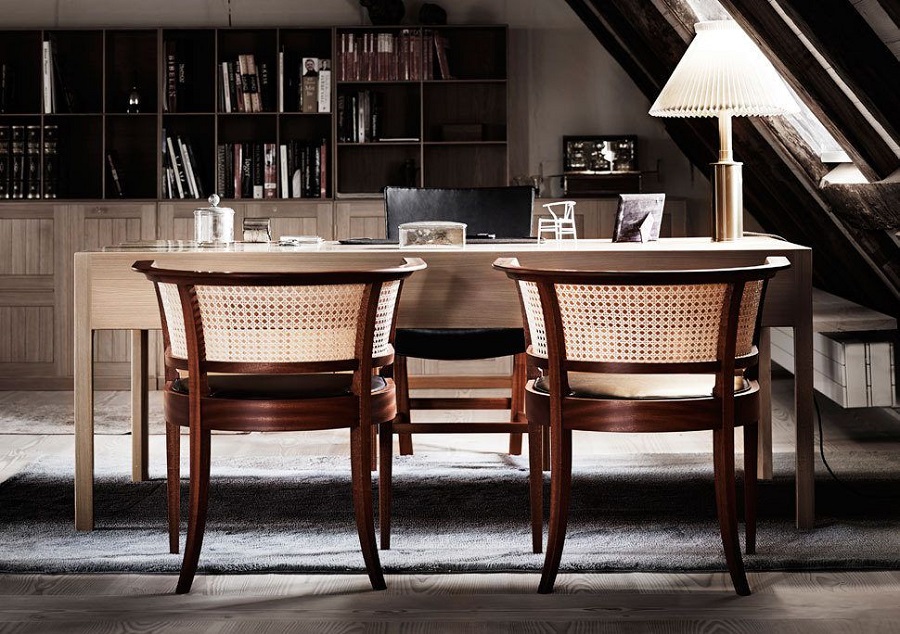
He was born in 1888 in Copenhagen and grew up in a creative environment as the son of a well-known Danish architect. As a child he worked as an apprentice in a furniture factory and attended technical, furniture and art schools. He was 26 when he designed his first piece of furniture, a chair that became famous. As a young employee of architect Carl Peterson he was asked to design a chair for the Faaborg Museum in Copenhagen. He began to study how to make it as comfortable and functional as possible, so that it could be easily moved by those who wanted to study the paintings in the museum.
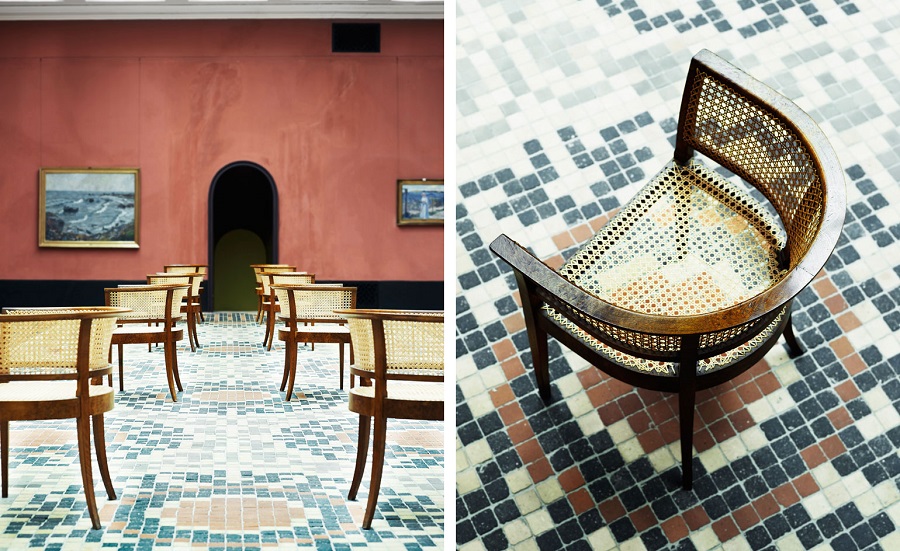
The result is a chair perfectly adapted to the human body, whose proportions have been carefully analysed. The chair was very practical, but that didn't mean compromising on quality. The finest materials were used and processed as close to perfection as possible. The chair immediately attracted attention with its great sense of space and proportion, perfectly combined with architectural and design knowledge. It was the piece that established him as a furniture designer and 'legitimised' him as a trailblazer.
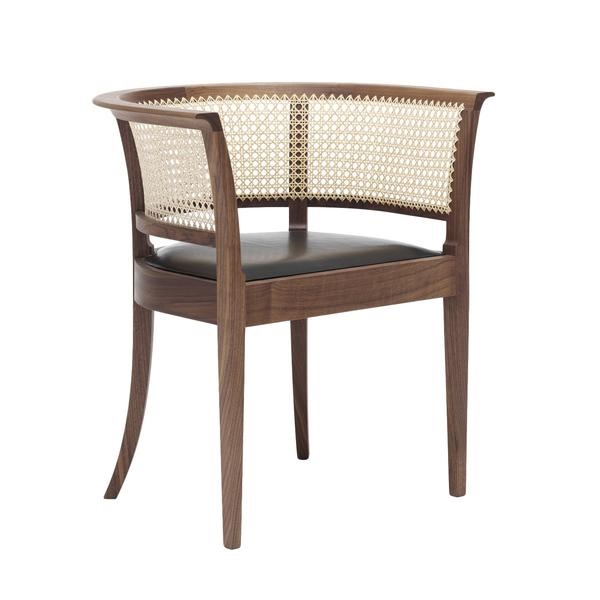
In 1933 he made another chair that became famous, the Safari chair, considered one of the first pieces of do-it-yourself designer furniture. The chair can be easily assembled and disassembled even without tools. Klint was inspired to make it by British officers' campaign chairs. This chair has created a real revolution, being made of leather or canvas, in various types of quality wood (mahogany, oak, ash).
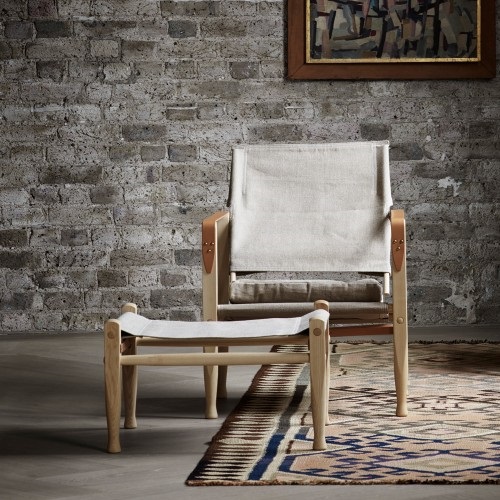
Klint has designed several pieces of furniture that have now become benchmarks for those working in the field. In 1917 he designed a bed, made in only two pieces, one in Cuban mahogany and the other in corrugated oak, which is a perfect blend of simplicity and elegance.
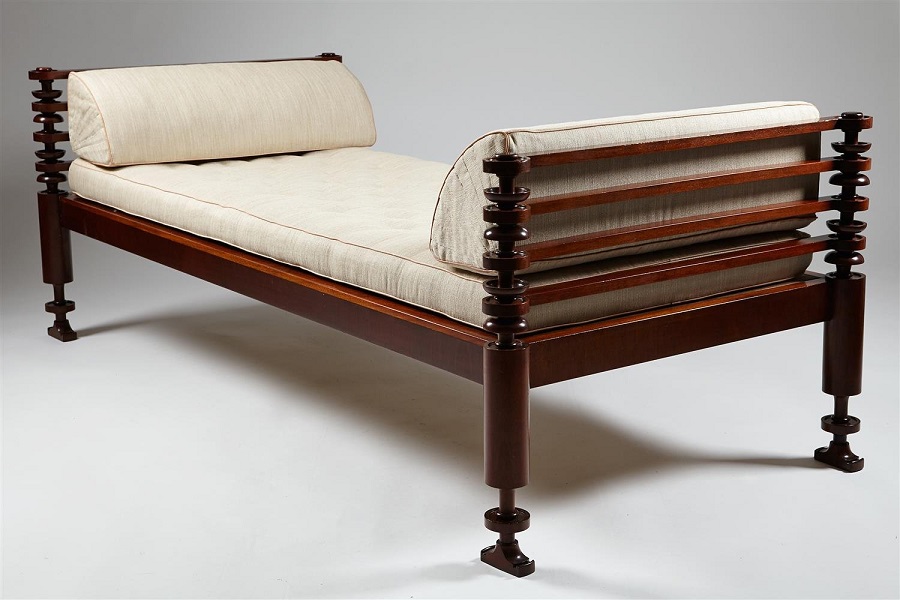
All the pieces he creates - cabinets, tables, sofas - have functionality in common. The unnecessary decorations of the past, made solely for the purpose of embellishing furniture, disappear, giving way to simple, functional elegance. The style is clean, with straight or curved lines, as simple as possible. The idea is that the pieces take up as little space as possible, so that everything around them is airy and weightless.
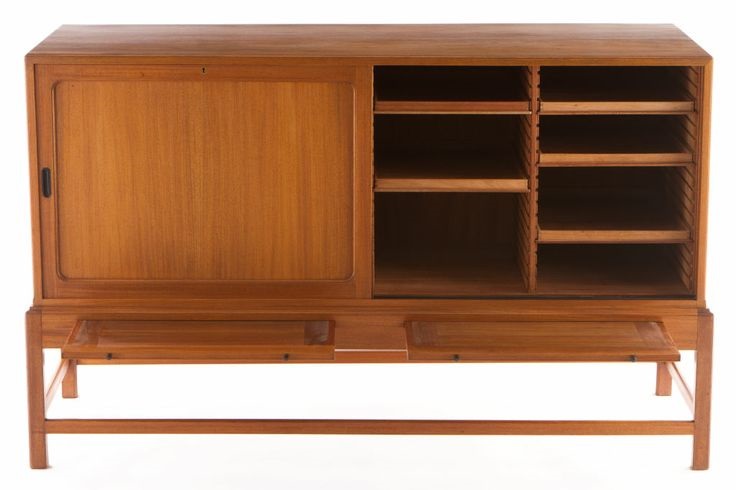
His pieces are the embodiment of what we now call Scandinavian design. In fact, it's what gave birth to this style. The tables don't take up the centre of the room, and if needed they can be simply and sometimes surprisingly extended.
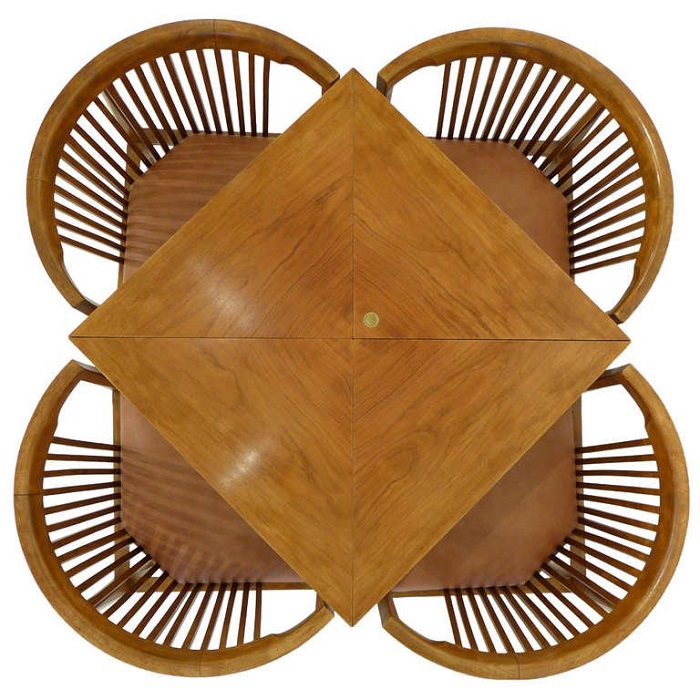
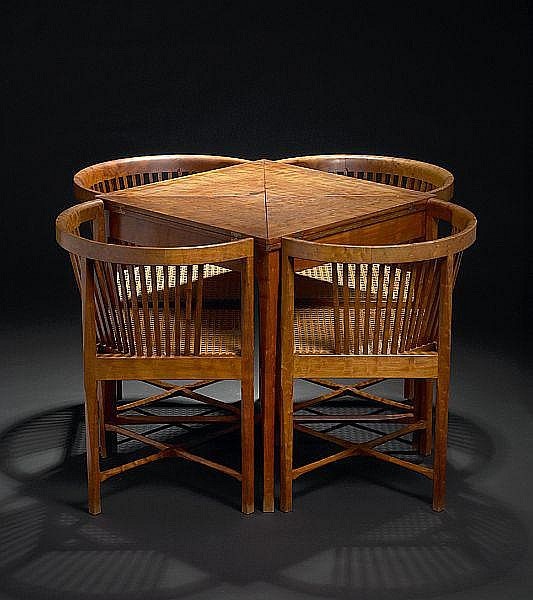
Sofas are comfortable and simple without the sumptuousness of classic furniture. Everything is functional, simple and elegant.
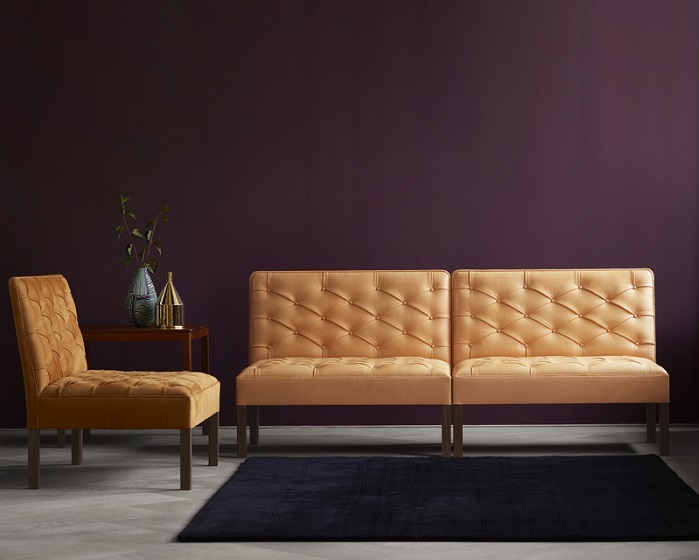
His passion for furniture and his new vision of furniture design led him to found the School of Furniture Design at the Royal Academy in Copenhagen in 1924, where he taught until the end of his life in 1954 and where famous names in Danish furniture design learned.
In the history of Danish modernism, the Faaborg chair has a special place, so in 2015, the 100th anniversary of the opening of the Faaborg Museum, the Danish furniture manufacturer Rud Rasmussen, for whom Klint has made designs that are still being produced (this is also the case with the Faaborg chair), wanted to mark the moment with a special edition of the chair. The 18 chairs made 100 years ago for the museum were made of oak with corrugated fibre, a very precious material. They are no longer made of this material, but for the anniversary it was decided to make 10 Faaborg chairs from corrugated ash.
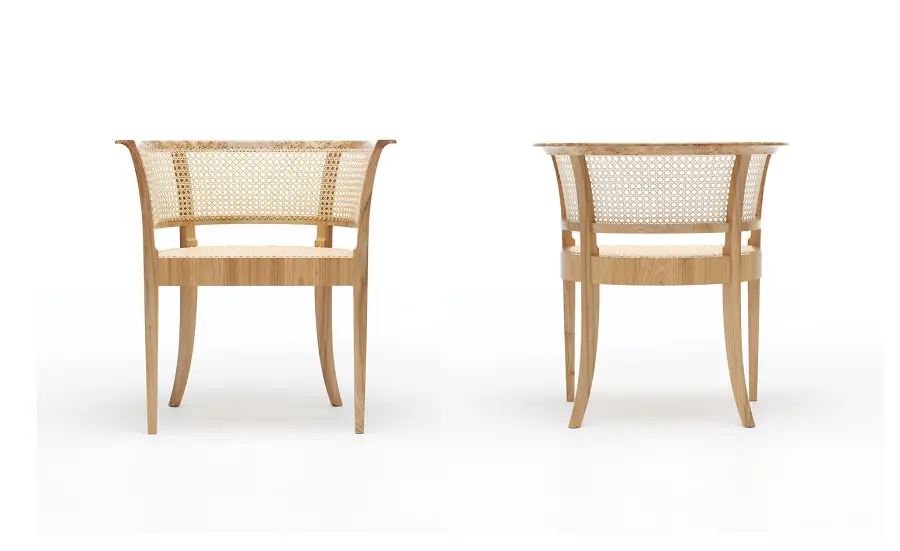
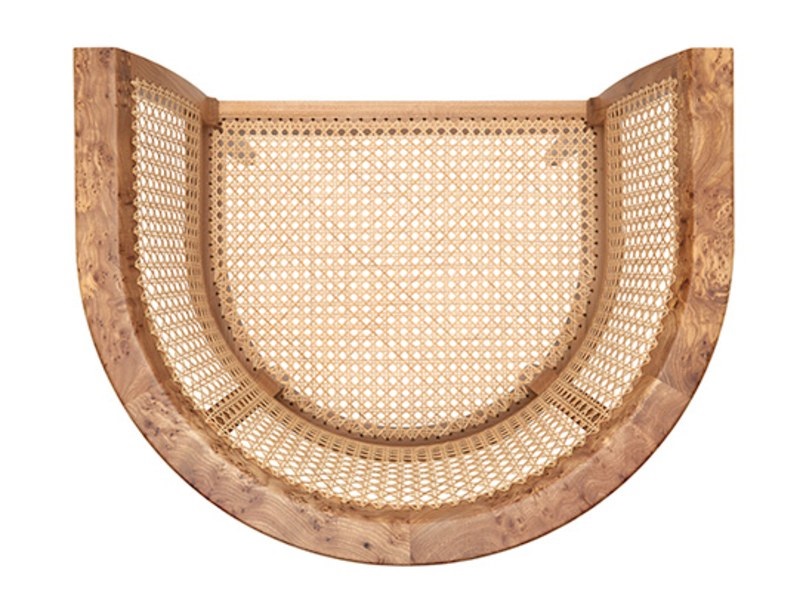
What makes this series even more special is the fact that the ash came from the mill yard, where it has stood for 100 years. It had been felled 25 years earlier and put in the basement awaiting an event to match the beauty of the wood. In addition to these 10 chairs another 100 were made from oiled walnut.
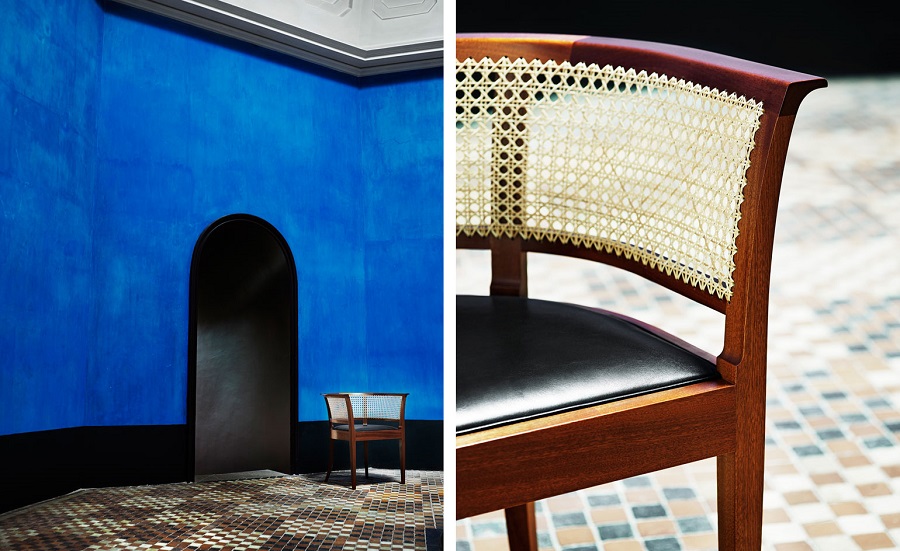
Kaare Klint will forever remain in furniture history, its name associated with functionality, simplicity and elegance. In addition to furniture, he created other objects for interior decoration, including fabrics, the principles remaining the same each time.
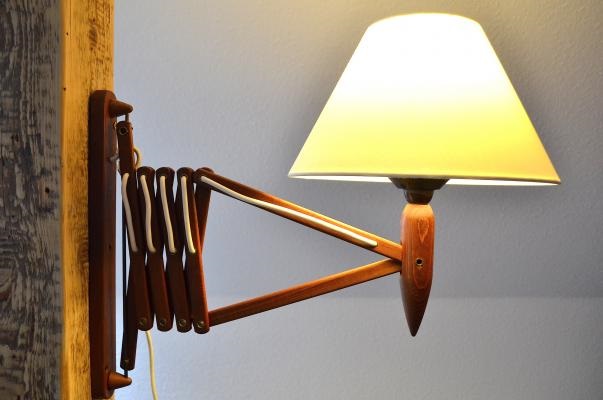
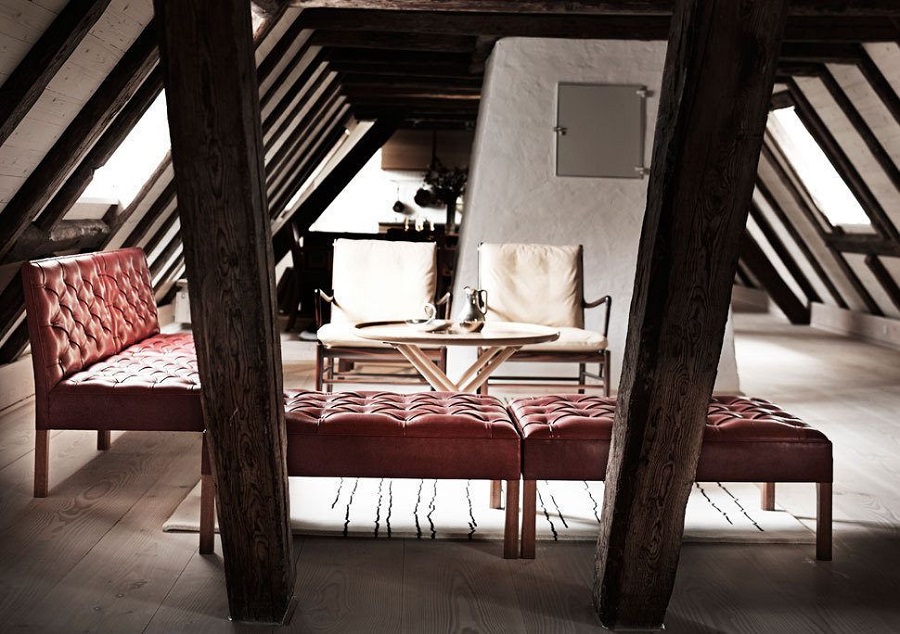






























Add comment